Finnish cuisine has long been celebrated for its simplicity, reliance on natural ingredients, and deep-rooted traditions. Among its many staples, Ruisreikäleipä, or Finnish sour rye bread, stands out as a cultural icon. This dense, dark bread, characterized by its distinctive hole in the center, has been a dietary cornerstone for centuries. What makes it particularly unique is its pronounced sourness—a flavor profile that speaks to both its fermentation process and the Finnish palate. The acidity of Ruisreikäleipä isn’t just a matter of taste; it’s a reflection of history, microbiology, and regional identity.
The sourness of Ruisreikäleipä is primarily the result of lactic acid bacteria working their magic during the long fermentation process. Unlike many Western breads that rely on commercial yeast for a quick rise, traditional Finnish rye bread employs a sourdough starter, often passed down through generations. This starter, a living ecosystem of wild yeast and bacteria, produces lactic and acetic acids as it metabolizes the sugars in the rye flour. The longer the dough ferments, the more pronounced the tang becomes. In Finland, where winters are harsh and preservation was historically essential, this acidity served a practical purpose: it acted as a natural preservative, extending the bread’s shelf life.
But the sourness of Ruisreikäleipä isn’t just about survival—it’s about flavor complexity. The interplay between lactic and acetic acids creates a balance that is sharp yet rounded, with a depth that commercial breads often lack. Lactic acid contributes a milder, almost creamy tang, while acetic acid (the same compound found in vinegar) delivers a sharper, more pungent note. The ratio of these acids depends on factors like fermentation time, temperature, and even the specific microbial strains in the starter. Some bakers prefer a shorter fermentation for a subtler sourness, while others let the dough develop for days, resulting in a bread that practically hums with acidity.
The role of rye flour in this process cannot be overstated. Unlike wheat, rye contains less gluten but more soluble fiber and natural sugars, which the bacteria feast on. This not only influences the bread’s texture—dense and moist rather than airy—but also its flavor. The earthy, slightly bitter notes of rye meld with the sourdough’s acidity to create a taste that is unmistakably Nordic. In Finland, where rye has been cultivated for over 2,000 years, this grain is more than just an ingredient; it’s a symbol of resilience and adaptability.
Modern food science has shed light on why Ruisreikäleipä’s acidity is so appealing. Sourdough fermentation breaks down phytic acid, a compound in grains that can inhibit mineral absorption, making the bread more nutritious. The acids produced also lower the bread’s glycemic index, providing a slower, more sustained release of energy—a boon in a climate where endurance was historically vital. But beyond these health benefits, the sourness of Ruisreikäleipä is deeply tied to Finnish identity. To bite into a slice is to experience a taste that has sustained generations, a flavor that evokes the smoky warmth of a farmhouse kitchen in the dead of winter.
Today, even as global bread trends come and go, Ruisreikäleipä remains a fixture in Finnish homes. Its acidity, once a necessity, is now a cherished hallmark. Whether paired with smoked salmon, slathered with butter, or simply enjoyed on its own, this bread is a testament to the power of tradition—and the enduring appeal of a good, sour bite.
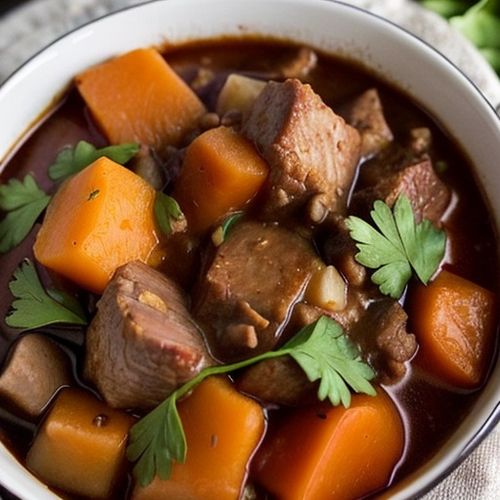
By Emily Johnson/May 10, 2025
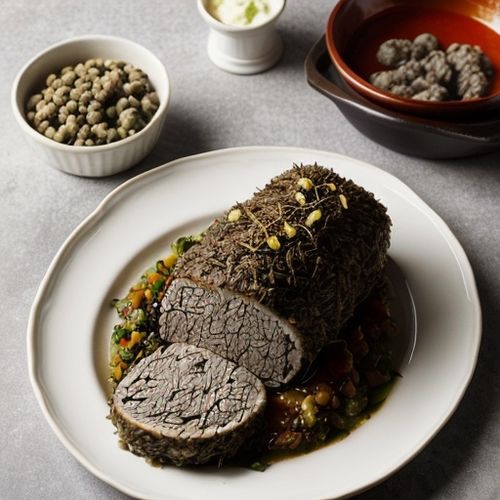
By Megan Clark/May 10, 2025

By Elizabeth Taylor/May 10, 2025

By William Miller/May 10, 2025

By Natalie Campbell/May 10, 2025
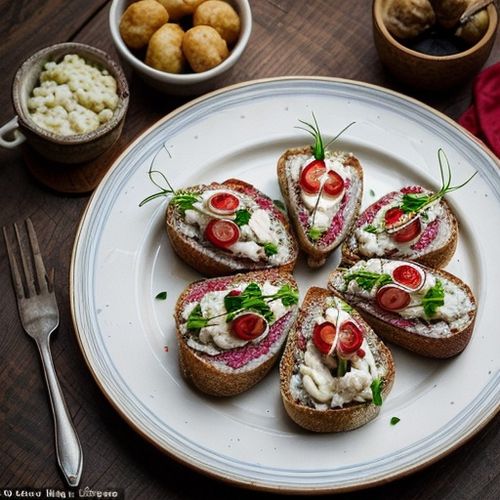
By Joshua Howard/May 10, 2025
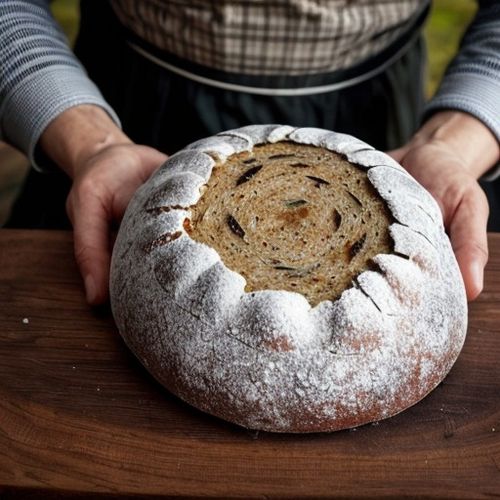
By James Moore/May 10, 2025
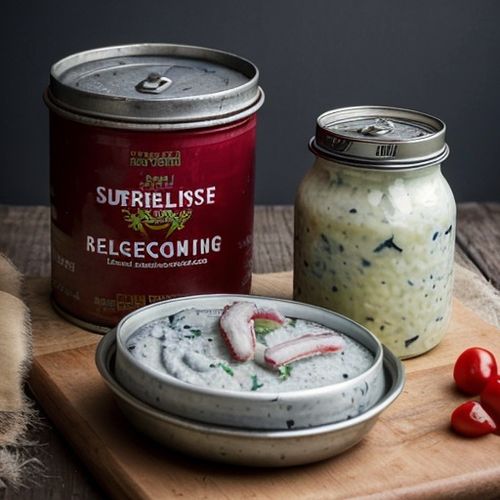
By Ryan Martin/May 10, 2025
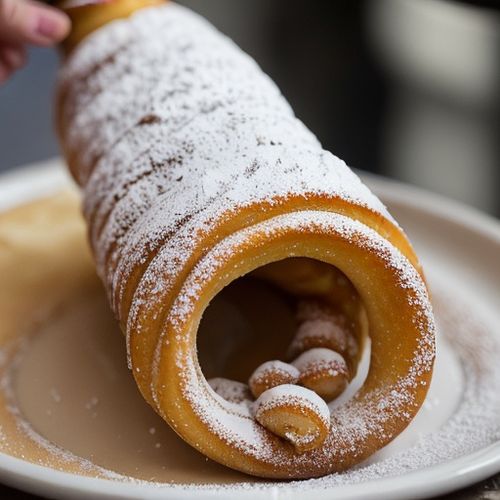
By Victoria Gonzalez/May 10, 2025
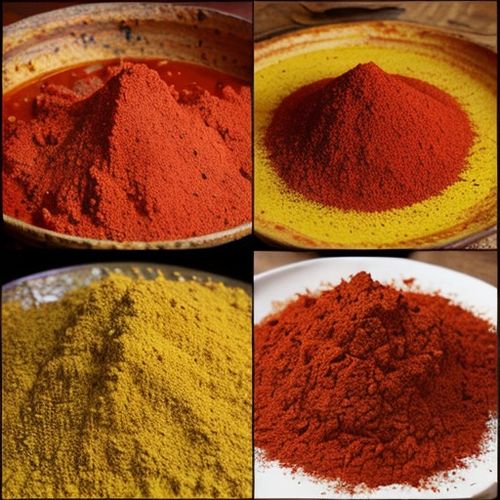
By John Smith/May 10, 2025
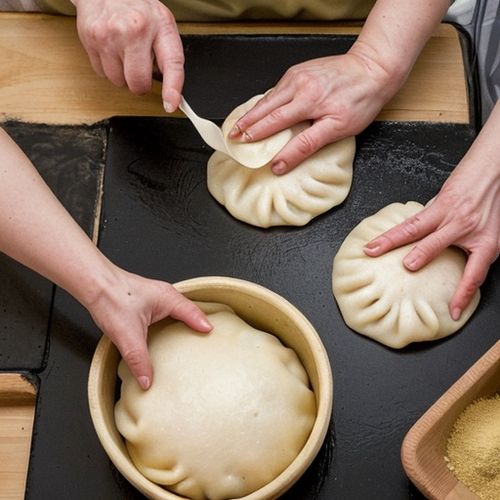
By Christopher Harris/May 10, 2025
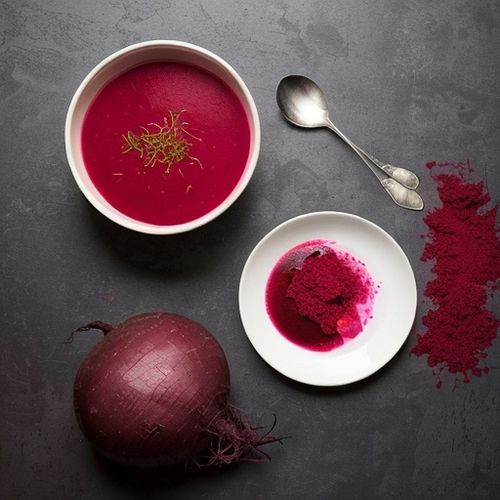
By James Moore/May 10, 2025
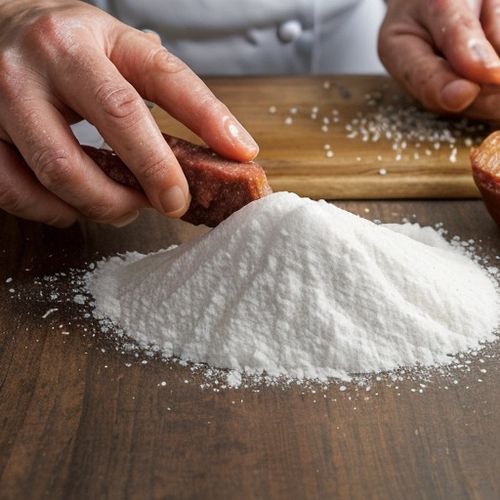
By Lily Simpson/May 10, 2025
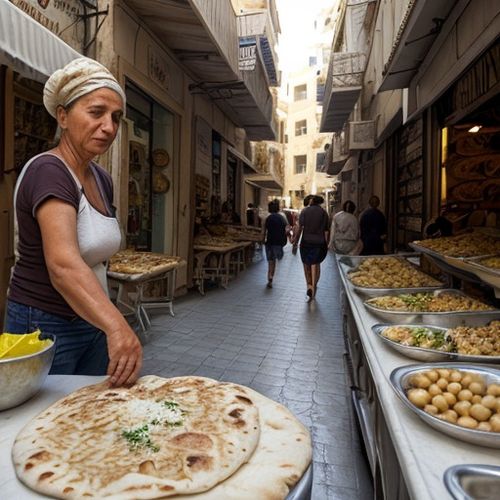
By Ryan Martin/May 10, 2025
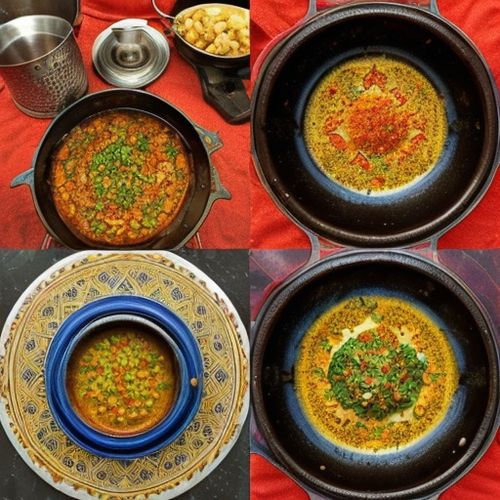
By Lily Simpson/May 10, 2025
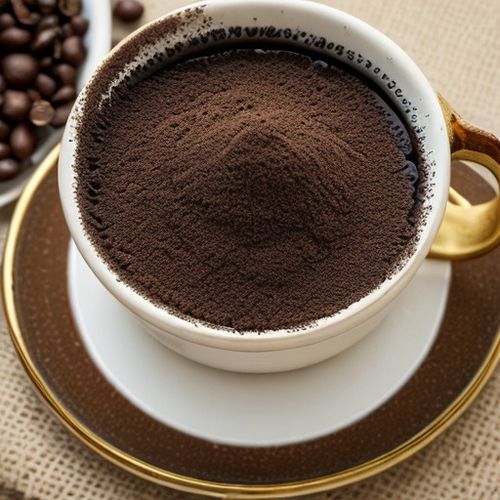
By Elizabeth Taylor/May 10, 2025
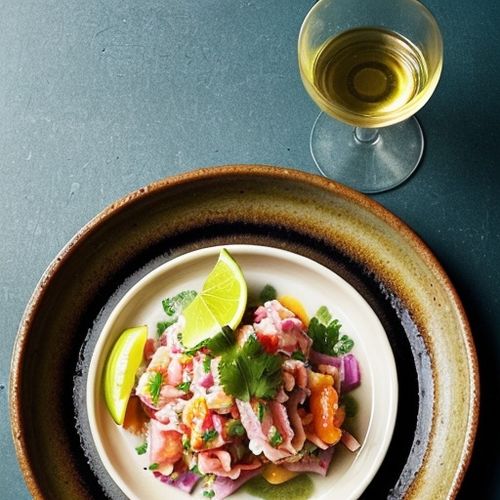
By Emily Johnson/May 10, 2025
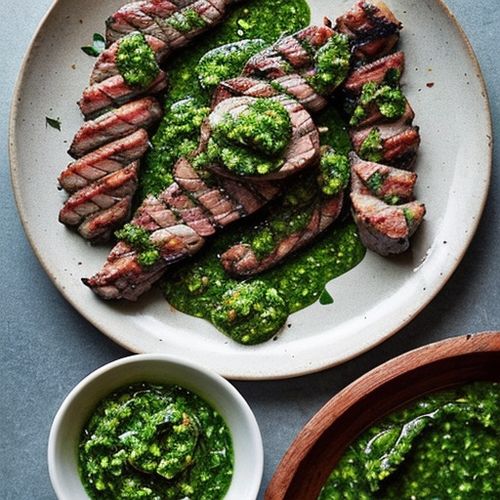
By Laura Wilson/May 10, 2025

By Olivia Reed/May 10, 2025
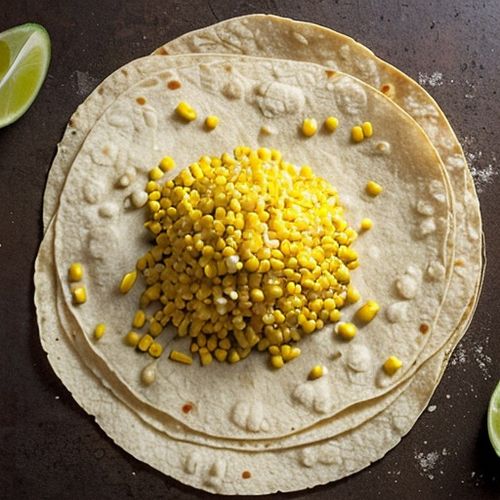
By Sarah Davis/May 10, 2025